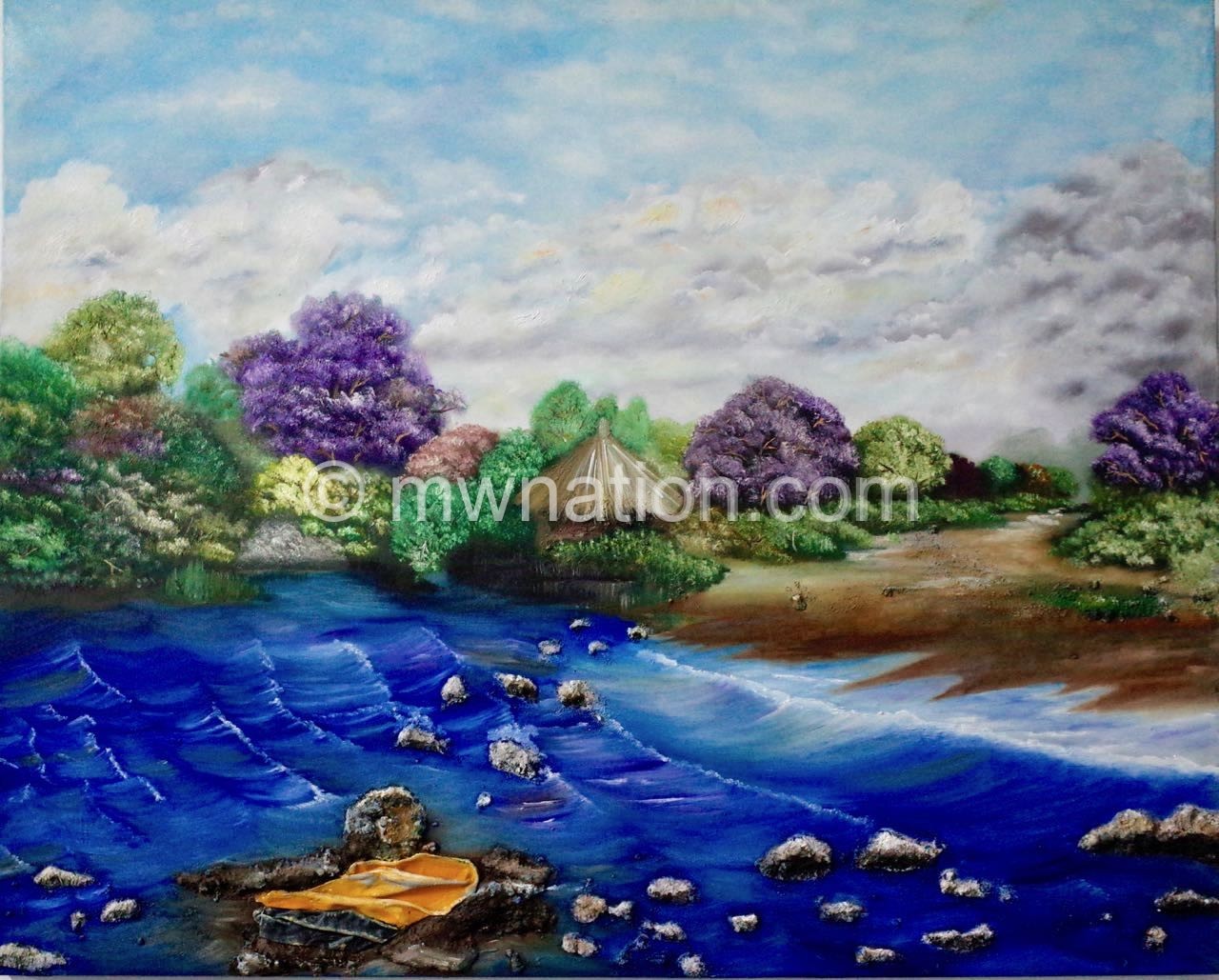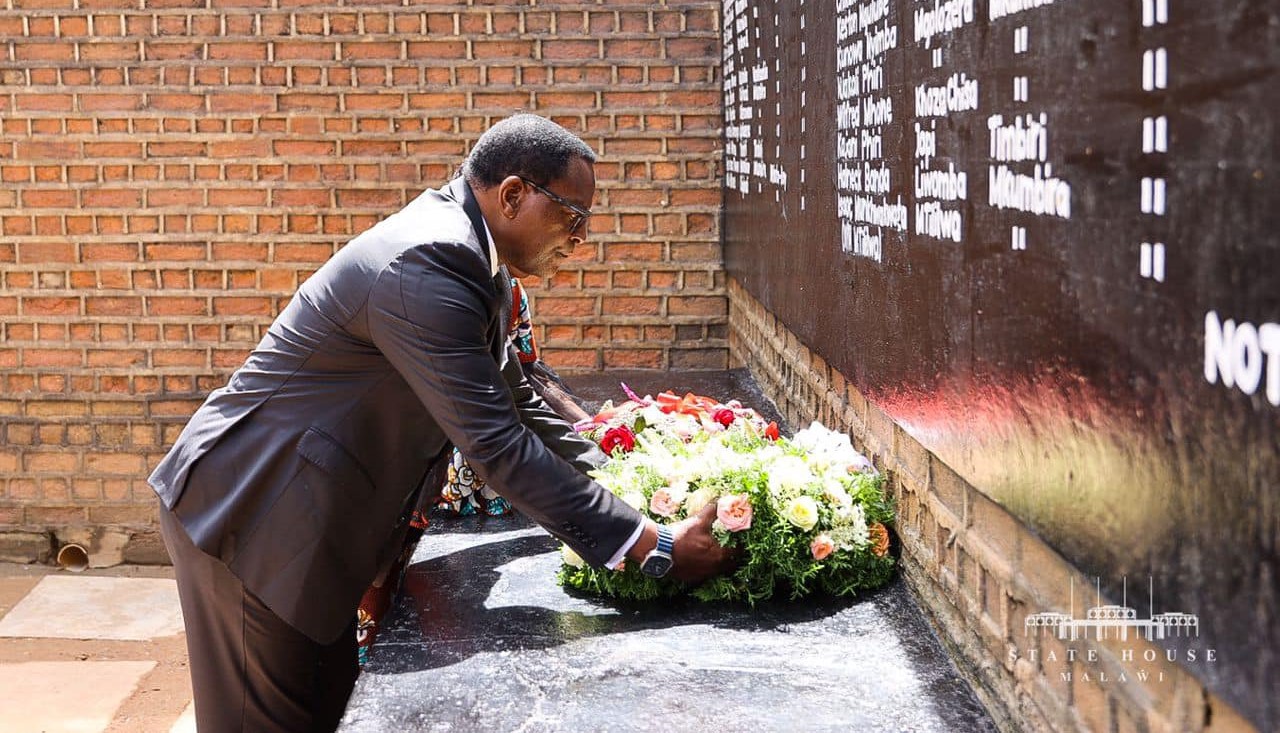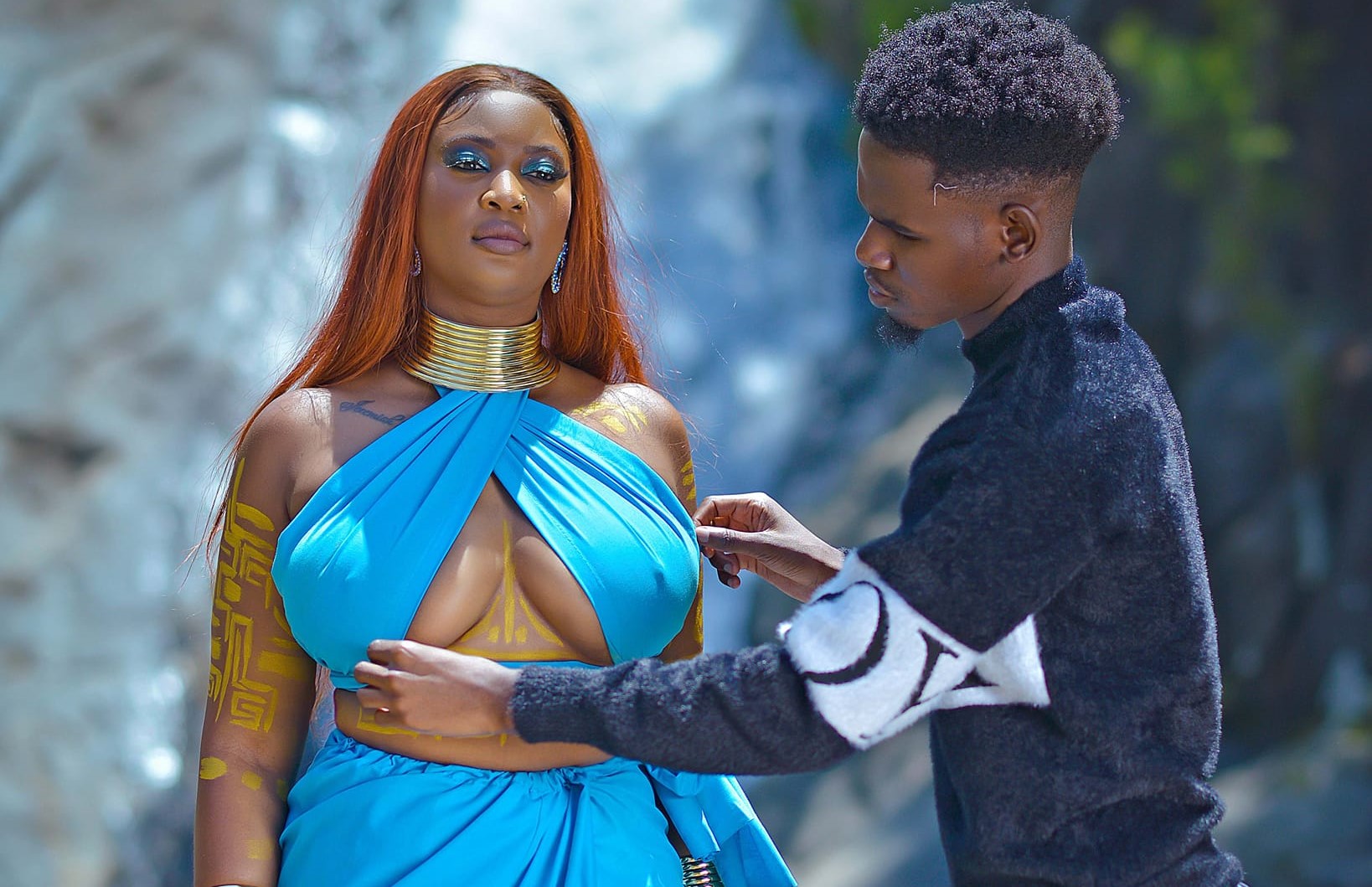Season of jacarandas
Once again all roads lead to Blantyre Cultural Centre (BCC) and Jacaranda Cultural Centre (JCC). Blantyre Arts Festival (BAF) is in town again, but this time dominated by an art exhibition.
Surprised? BAF comes to Blantyre in the season of jacaranda blossoming flowers—October. This year BAF run from October 6 to 8.

As the trees scent crisps the city air and jacaranda trees stretch into the vast skies above, the roads from Limbe down the market, Chipembere Highway, Independence Drive are draped in violet carpet.
Purple petals fall gently as snowflakes sailing on ground. It is immaculate beauty from the natural world.
The enchanting splendor of jacaranda blooms offers the perfect setting for artists.
No wonder, at JCC, artists mimic nature’s beauty in blossoming jacarandas. They depict these scenes of nature and others on acrylic paintings.
For instance, Kenneth Namalomba’s Lake Scene embodies the beauty of nature on a canvas.
The masterpiece shows blossoming jacaranda trees, punctuated by other trees standing majestically.
A lone hut is sand-witched in the middle of jacarandas. The jacarandas leap into the empty sky, reflecting those in the City of Blantyre.

The clouds floating in the austere sky remind all of the approaching spring, a season blossoming jacarandas herald. The avenues dotted by jacaranda trees symbolise the beauty of paving the roadsides with natural vegetation. The hut borders the sea down below, stretching its vastness to the shores wearing luxuriant trees.
Then across the wall there is Meeting Under the Jacaranda Trees by Andrew Missi.
In it trees are in full blossom and people are meeting under them. The foliage ahead forms a good shade.
According to a myth from the United States (US), “fortune ensues for those who are lucky enough to have jacaranda bloom fall on their head.” Perhaps the people under the trees are waiting for some fortune.
But not all artists think in the same way. The beauty in diversity is depicted in the different paintings the artists are exhibited.
Maxwell Banda’s Women at the Borehole on acrylic gloss is an example.
The painting shows a woman drawing water and another leaving the borehole, carrying a pot.
It exemplifies the power and strength of a woman in sustaining the home. In Malawi rural setting, women draw the water far from home. The painting depicts life in rural Malawi, where water is scarce in some areas and women travel long distances to access it.
Banda depicts challenges facing women in their quest for safe drinking water.
The young artist says he draws his inspirations from fellow artists especially the legendary Kay Chiromo.
“I started painting when I was young. I do portraits and paintings. However, I like acrylic paintings. I am inspired by other artists’ works,” Banda says.
Then one’s eye cannot avoid noticing Caron Magombo’s Lady with a Lion Head. The painting is a fabricated artwork showing a lion queen.
The woman has beads, shells and wears make-up. She is carrying a winnowing basket epitomising the hardworking spirit of Malawian woman.
“This painting is just my wild imagination. I drew a lady who is pregnant. I put a lion head on her to symbolise authority as she is the queen,” explains Magombo.
However, the most fascinating painting is Mayamiko Chalira’s Village Scene which depicts a village set against the background of a flowing river.
The tall trees on the sides of the river are beautiful, big and green. The village has people looking back at a path leading to the river. The grass forms a beautiful meadow below.
Behind the mud huts are kholas for doves standing taller than the houses, depicting life in the villages where a home is not complete without rearing poultry or livestock.
For many foreigners it was Gilbert Mpakule’s Mulanje Mountain that attracted the attention. It’s a painting of the massif its grandeur. In the background tea plantations offer a true representation of the iconic beauty of the mountain that caresses the sky.
Charles Levison’s showcased Washing on a Sunday while Ellis Singano’s The Current Situation on batik mesmerised art lovers.
It is a complicated web of networks—a labyrinth. A modern lady stands peering into the distant future. She symbolises rich people from high class in society—the elite and by extension, the donors.
Opposite her and down below, squats a beggar who is representing the poor or by extension, poor Malawi.
The pale colours depict a gloomy situation of helplessness and hopelessness.
Singano says he was inspired by the current situation in the country .
“I was looking at the situation that we have here in Malawi. It saddens me to see how desperate we have become. However, we have all resources to be self-reliant. We can do a lot of things on our own as we have everything,” he says.
Art collector from Germany, Rike Lindstaedt who bought Singano’s The Current Situation at K75 000 was all smiles and impressed with the exhibition.
“I saw the picture and I fell in love with it and its colours. You don’t understand it at first but later on, you understand what the painting is about. It covers the current situation in Malawi. The little child and the woman, both are searching for success.”
As the exhibition comes to an end at 7:00 o’clock at night, all depart and disappear into different streets of the city paved by jacarandas. They are all hoping to come again to Blantyre next year, in the season of jacarandas.





